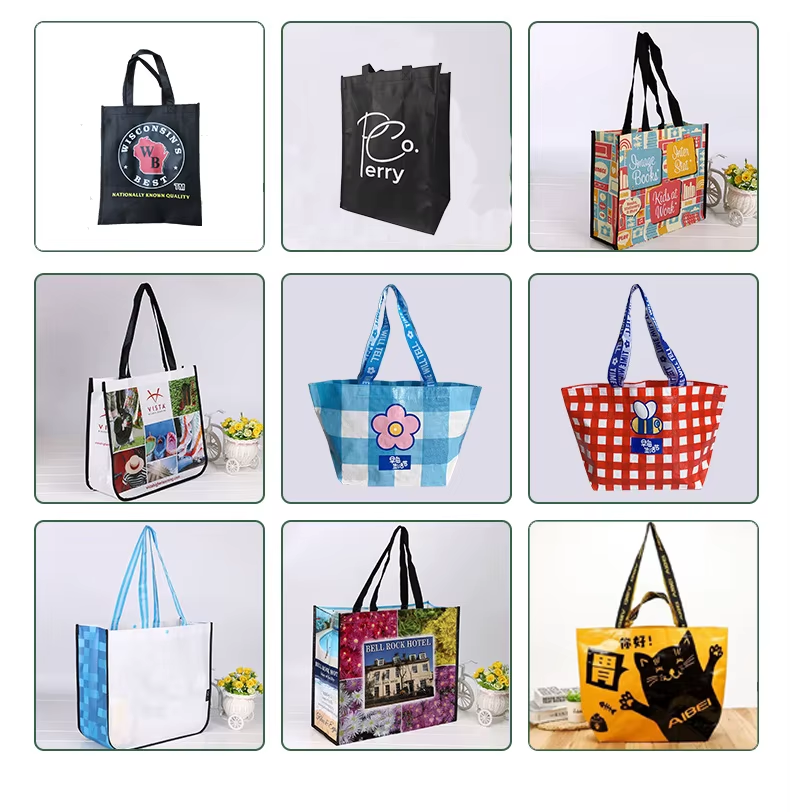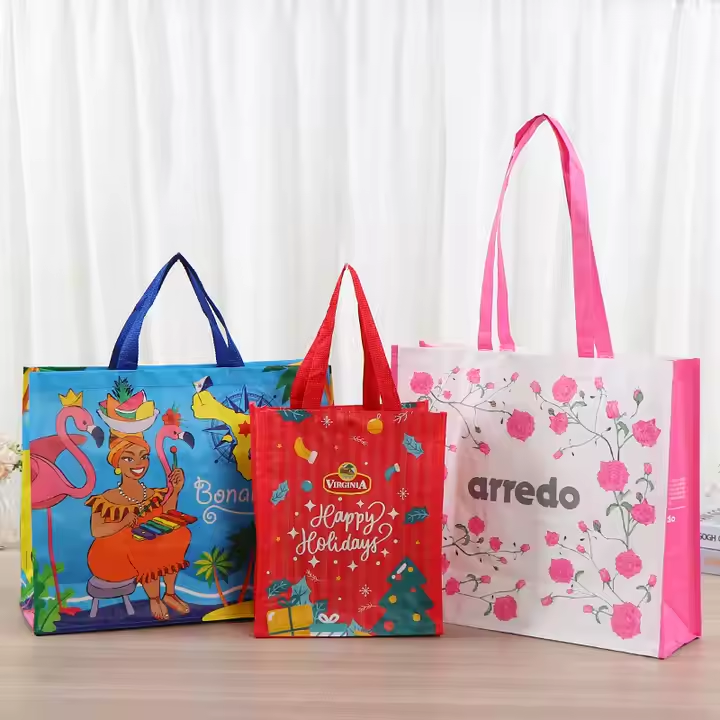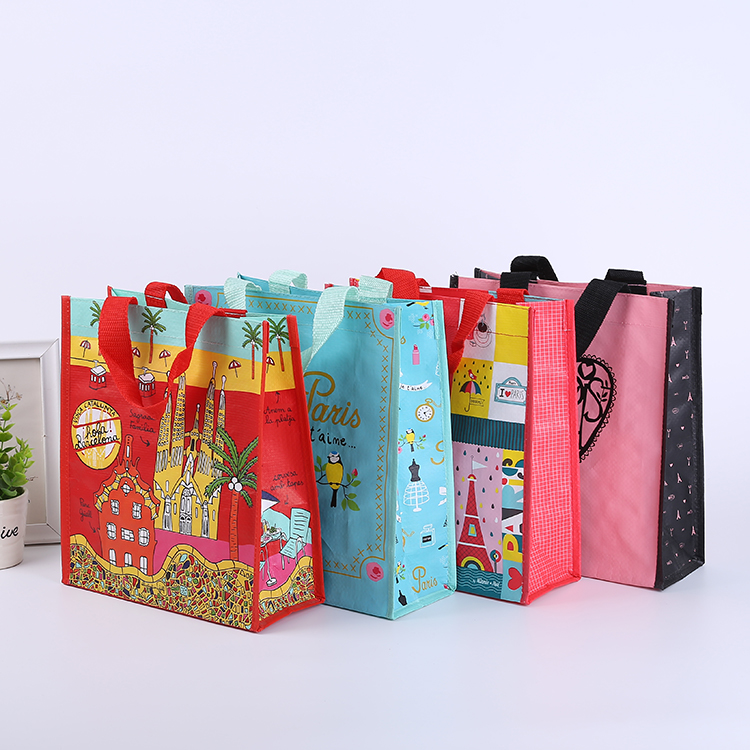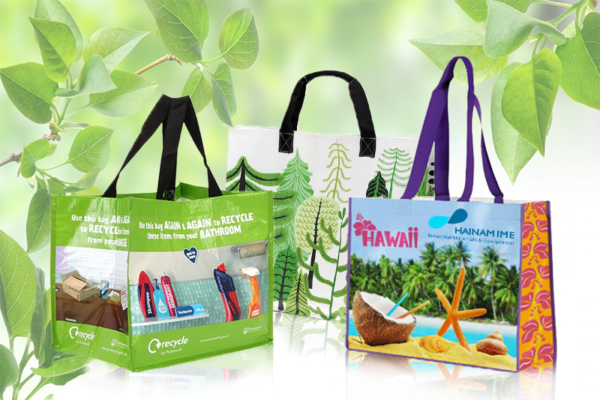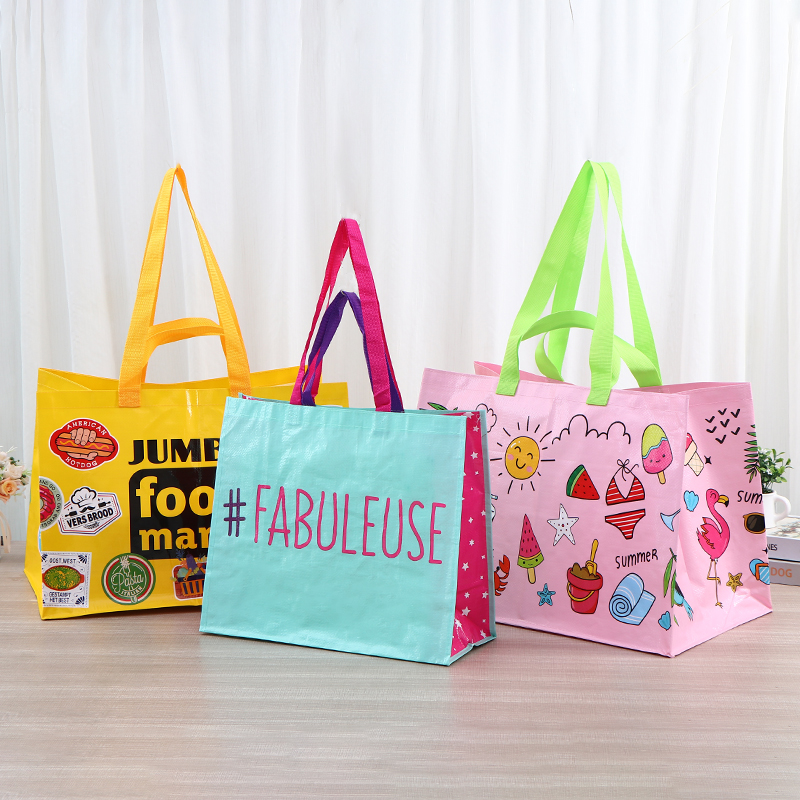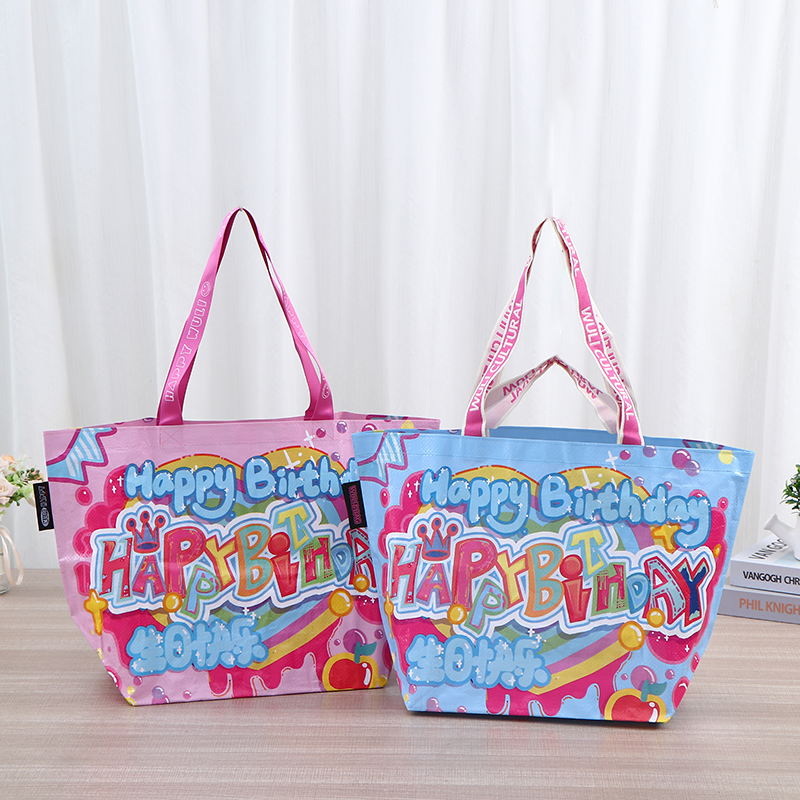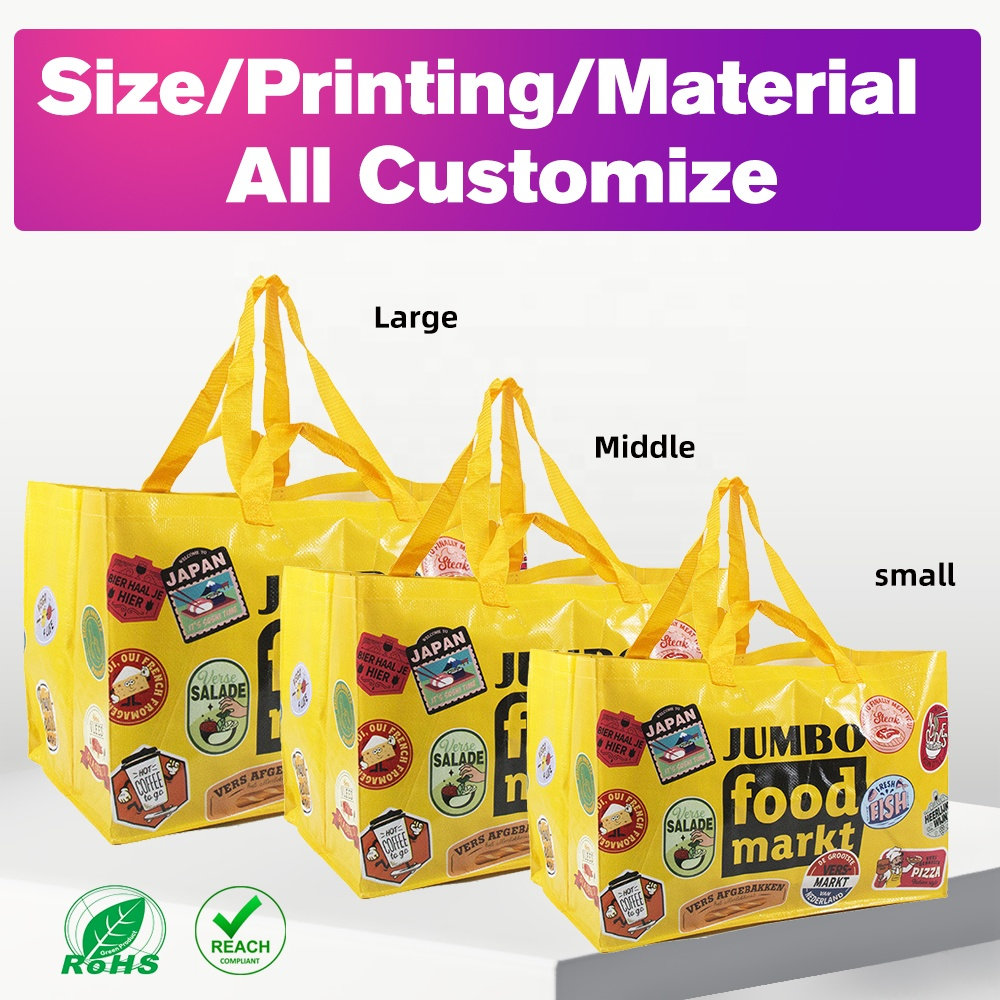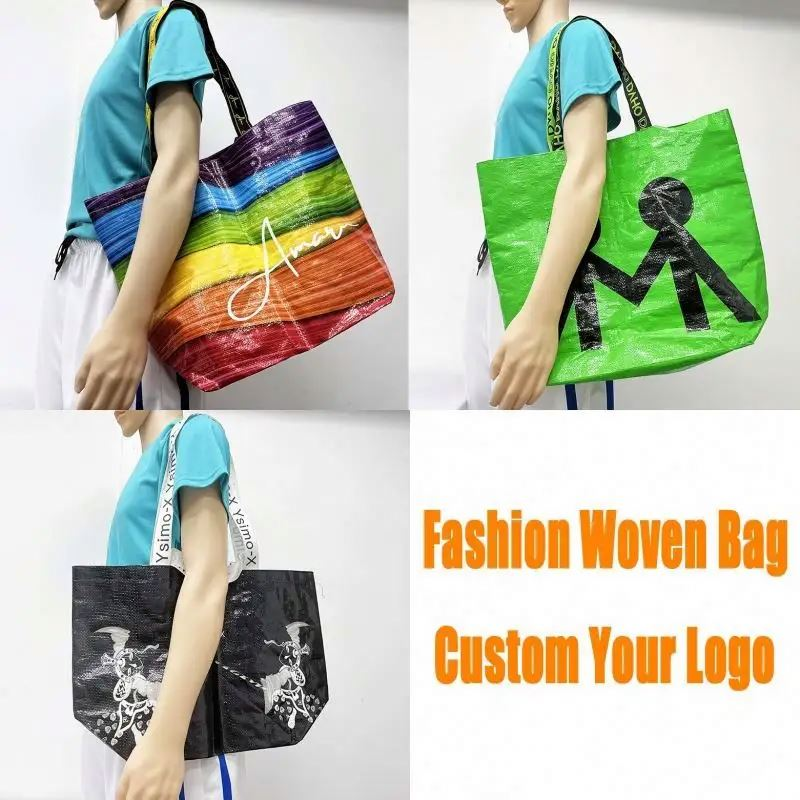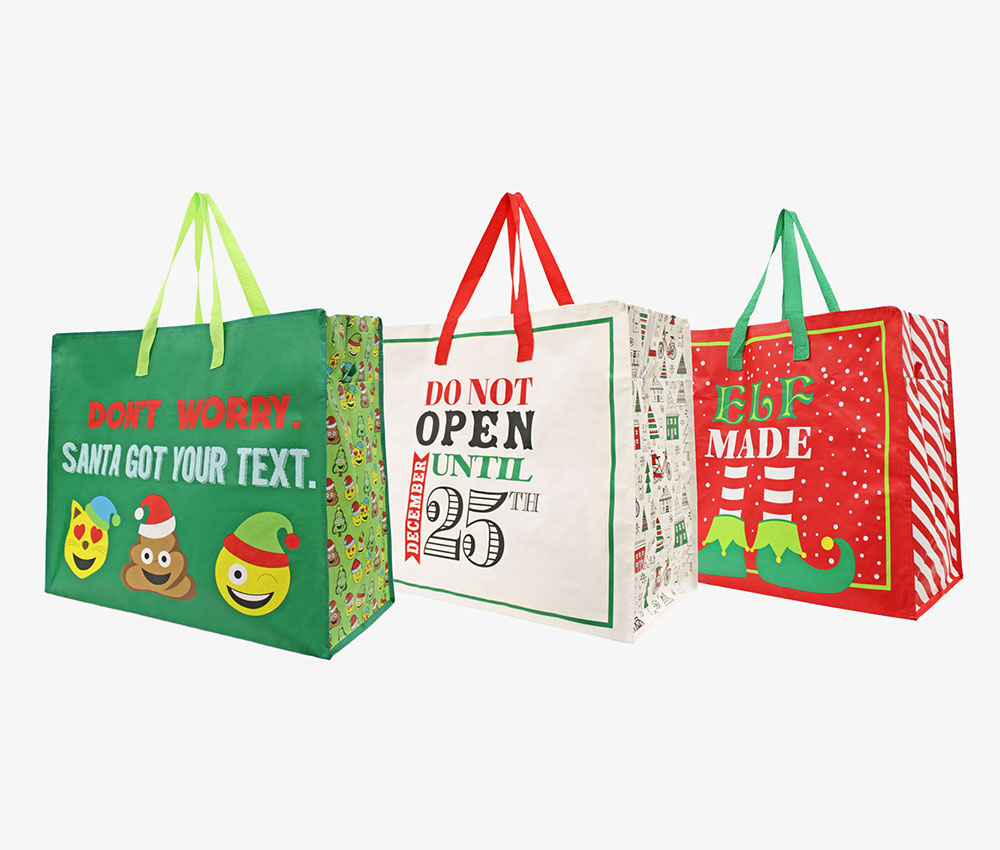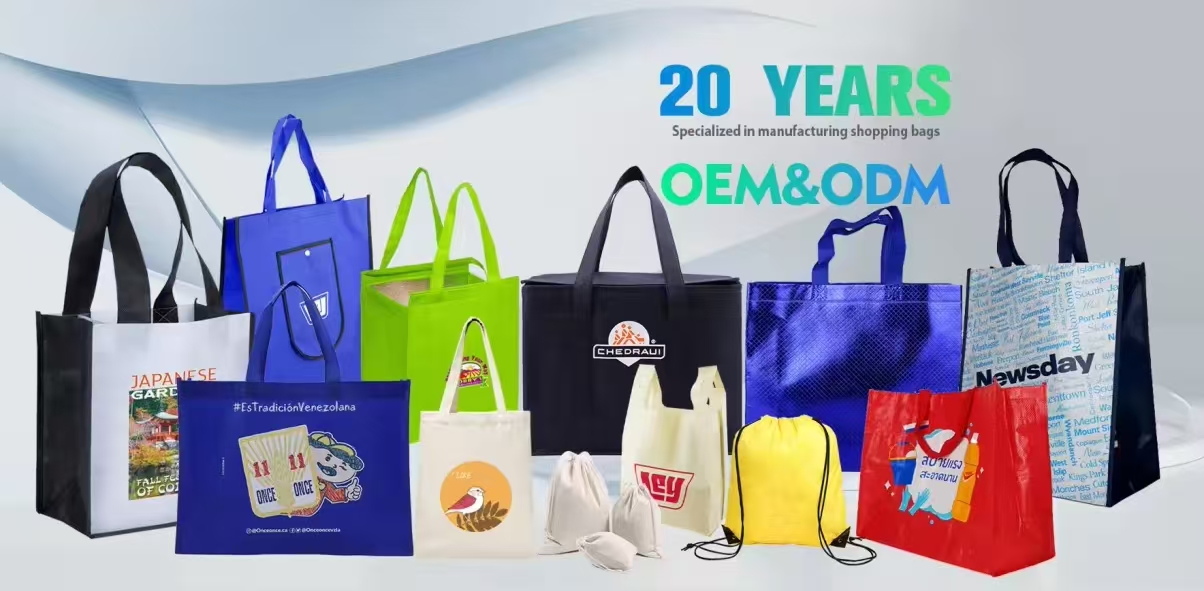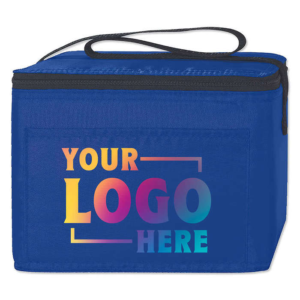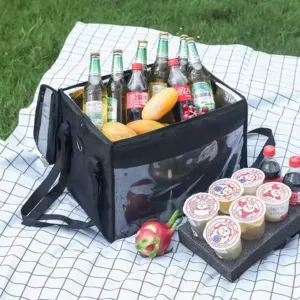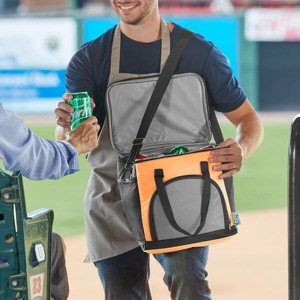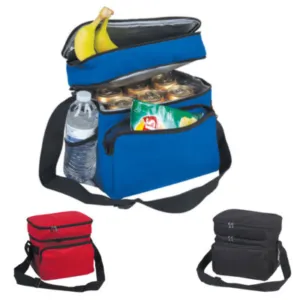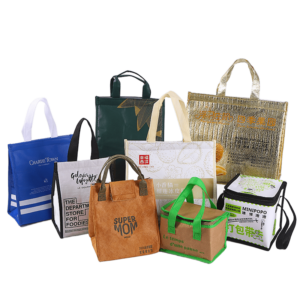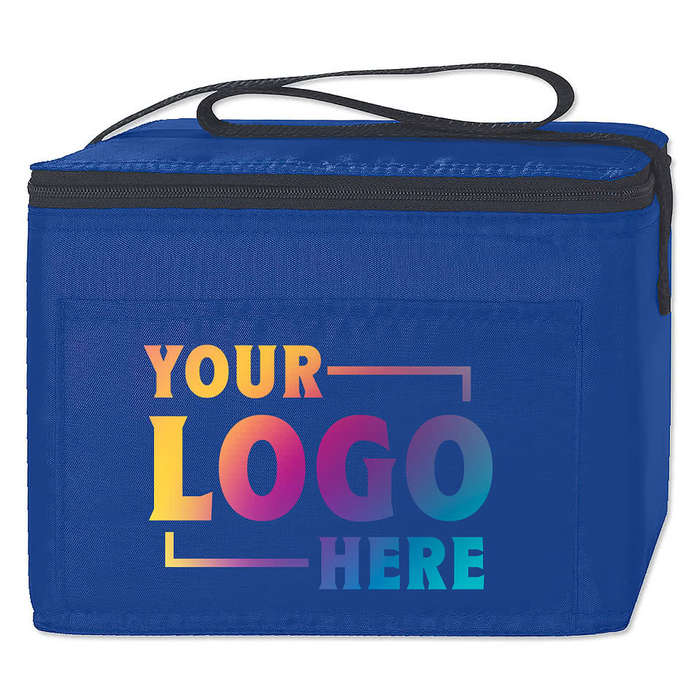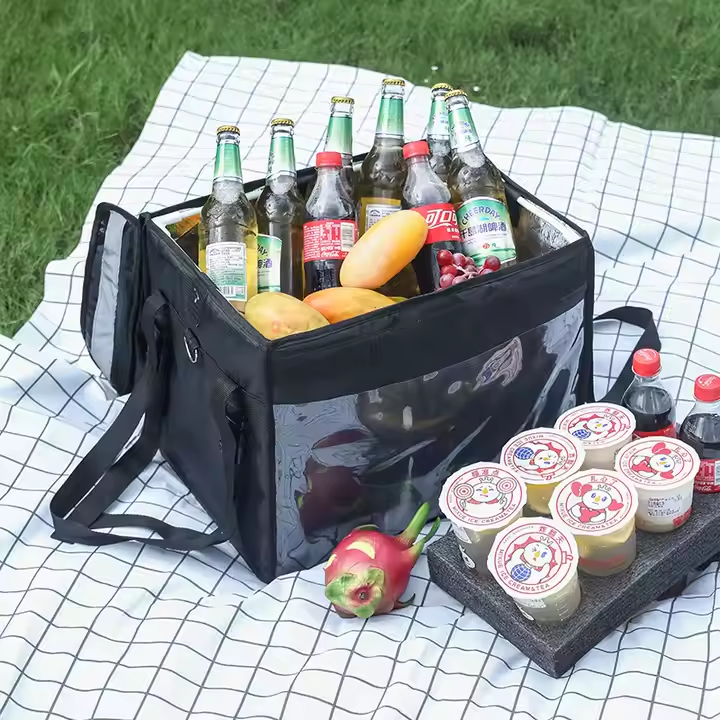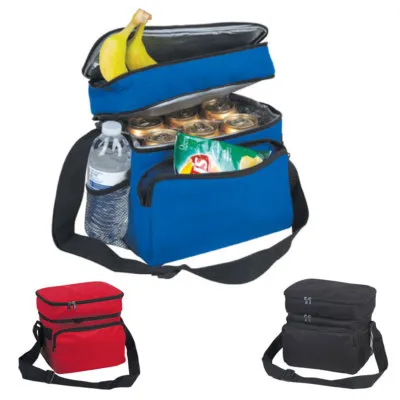This article explains the nine essential steps for producing high-quality PP woven bags, from raw material selection to final inspection. It is based on standard manufacturing processes to ensure strength, durability, and customer satisfaction.
PP woven bag manufacturing involves raw material selection, extrusion, weaving, printing, cutting, stitching, and quality inspection to meet performance and durability standards.
By following these steps, manufacturers can reduce defects and maintain consistent product quality.
Raw Material Selection
Choosing the right polypropylene granules[^1] and additives is the foundation of PP woven bag quality.
Material quality impact
High-grade PP granules produce stronger tapes, leading to higher fabric durability. Additives such as UV stabilizers protect bags from sun damage.
| Material Type | Advantage | Common Use |
|---|---|---|
| Virgin PP | Strong, uniform | Export bags |
| Recycled PP | Cost-saving, eco-friendly | Domestic markets |
| UV-stabilized PP | Sun resistance | Outdoor storage |
Critical thinking point
Some manufacturers lower costs by mixing in low-quality recycled material. While cheaper, this can weaken the bag and lead to customer complaints.
Melting and Extrusion
PP resin is melted at 190–250℃ and extruded into continuous tapes or films.
Process control
Temperature, speed, and pressure settings directly affect tape thickness and uniformity. Overheating can damage material, while underheating causes weak bonds.
| Parameter | Ideal Range | Risk if Wrong |
|---|---|---|
| Temp | 190–250℃ | Brittle or sticky tapes |
| Pressure | Stable | Uneven tape flow |
| Speed | Controlled | Breaks or stretching |
Critical thinking point
Even minor changes in ambient temperature can affect extrusion[^2] quality. Skilled operators adjust settings throughout the day.
Drawing and Heat Setting of Tapes
Extruded tapes are stretched and heat set to increase tensile strength.
Why this step matters
Drawing aligns polymer molecules, making tapes stronger. Heat setting locks in dimensions and prevents shrinkage during weaving[^3].
| Process | Effect |
|---|---|
| Drawing | Strengthens tape |
| Heat setting | Maintains stability |
Critical thinking point
Skipping or rushing heat setting[^4] may save time but will produce bags prone to warping or breaking under load.
Weaving of Tapes into Fabric
High-speed circular or flat looms weave tapes into durable fabric.
Quality factors
Consistent tension prevents loose or tight weaves. Proper alignment reduces weak points in the fabric.
| Loom Type | Benefit | Limitation |
|---|---|---|
| Circular | Continuous tube fabric | Limited width options |
| Flat | Wide fabrics possible | More cutting waste |
Critical thinking point
Fabric defects often trace back to tension control during weaving[^3], not the raw material.
Coating or Lamination (Optional)
A thin film coating improves water resistance and printability.
When to use coating
Coating is essential for moisture-sensitive products like grains or chemicals. It also allows for high-quality printed graphics.
| Coating Type | Benefit |
|---|---|
| PP film | Waterproofing |
| BOPP film | High-quality printing |
Critical thinking point
Unnecessary coating increases cost and reduces recyclability. Manufacturers should assess customer needs before applying it.
Printing
Logos and designs are printed using flexographic or other suitable methods.
Importance of printing quality
Clear, accurate printing boosts brand image and meets legal labeling requirements.
| Printing Method | Strength |
|---|---|
| Flexographic | Fast and consistent |
| Screen printing | Vivid colors |
Critical thinking point
Misaligned or blurry printing can make even a strong bag look cheap, affecting customer trust.
Cutting
Fabric is cut into panels using heat or cold cutting.
Cutting precision
Heat cutting seals edges and prevents fraying, while cold cutting is better for certain coatings.
| Method | Advantage |
|---|---|
| Heat | Edge sealing |
| Cold | Smooth finish |
Critical thinking point
Poor cutting accuracy leads to wasted material and misaligned stitching, raising production costs.
Sewing/Stitching
Panels are stitched into final bag shapes with reinforced seams.
Why stitching quality[^5] matters
Strong seams prevent tearing and extend bag life.
| Stitch Type | Use |
|---|---|
| Single needle | Light loads |
| Double needle | Heavy loads |
Critical thinking point
Cheaper thread might save a few cents per bag but can fail under heavy loads, damaging the brand’s reputation.
Quality Inspection & Packing
Final inspection ensures bags meet strength, size, and appearance standards.
Inspection checks
Bags undergo load tests, dimension checks, and defect spotting[^6] before shipment.
| Test | Purpose |
|---|---|
| Load test | Verifies strength |
| Visual inspection | Ensures appearance |
Critical thinking point
Skipping proper inspection can lead to costly returns and loss of trust, especially with export customers.
Conclusion
Producing high-quality PP woven bags is a step-by-step process that demands control at every stage—from raw material selection to final packing. My experience in the bag manufacturing industry has shown that consistent quality control reduces waste, prevents defects, and builds long-term customer trust. If every step is carefully monitored, the final product will be durable, reliable, and meet market standards. Share your own production tips in the comments to help others improve their processes.
---
[^1]: Discover the various types of polypropylene granules and their specific applications in manufacturing.
[^2]: Gain insights into the extrusion process and its importance in producing high-quality plastic products.
[^3]: Understand the weaving techniques that contribute to the strength and durability of PP woven bags.
[^4]: Explore the significance of heat setting in enhancing the strength and stability of produced tapes.
[^5]: Understand the factors that affect stitching quality and how they contribute to the longevity of bags.
[^6]: Learn about effective defect spotting methods that can help maintain high standards in production.
